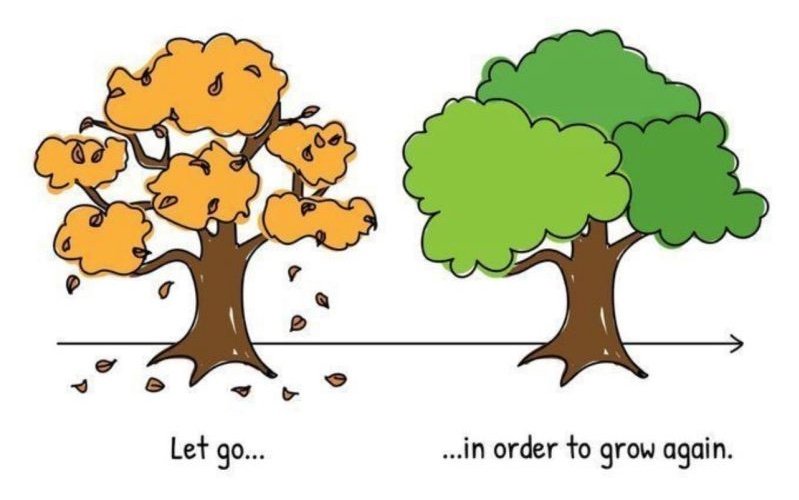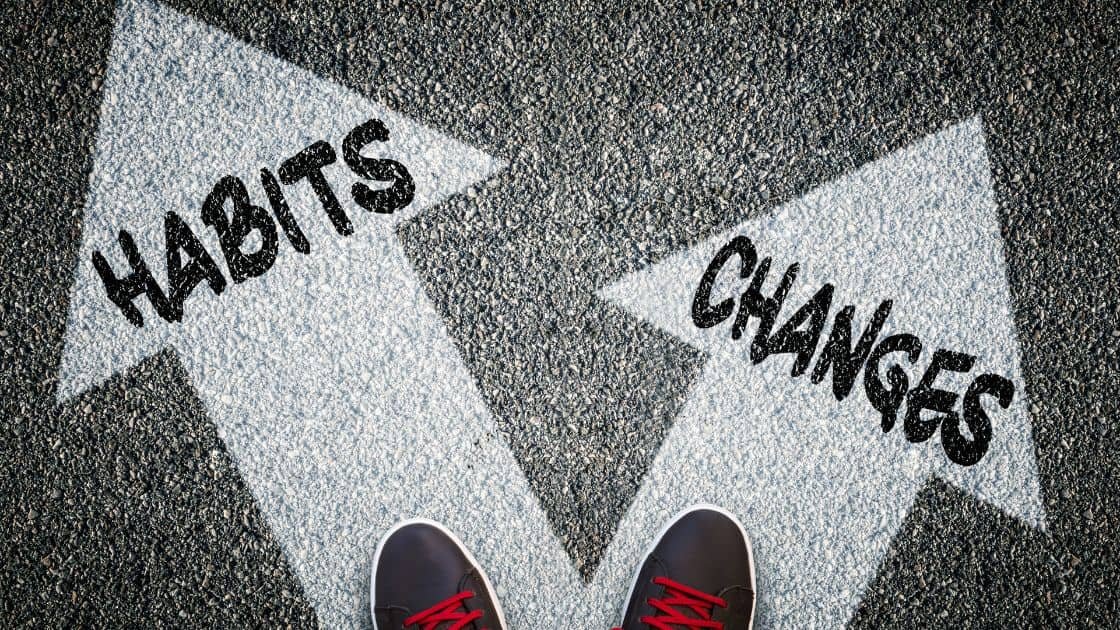As we approach 2025, the leadership coaching industry is experiencing significant growth and transformation. The number of certified coach practitioners worldwide surged from 71,000 in 2019 to 109,200 in 2022, marking a 54% increase. This expansion underscores the importance of clear positioning in a competitive market. My focus is on delivering unique value that resonates with clients seeking distinctive solutions and I invite you to join the conversation.
Let's discuss the challenges you face and explore various approaches to leadership development. Together, we can evaluate the pros and cons of each method to determine the best path forward. This isn't about prescribing solutions; it's about engaging in meaningful dialogue and sharing insights that matter. Your perspective is invaluable as we navigate the evolving landscape of leadership coaching. Contact me via email for a “free” 30 minute discovery meeting.
Language is vital
Curiosity becomes even more powerful when paired with knowledge. I mean the knowledge of how the brain works, how humans form beliefs, how trauma can be released from the body, and how conflicts of values and identities can be resolved. In my coaching sessions, I build on this foundation of curiosity by layering high-level questions as I believe this is where real transformation happens. People’s beliefs often reveal themselves through their language although most of the time, they don’t even notice it. That’s why I focus on active listening. I just let go of any attachment to what I think I might need and simply stay present. And when I do, the words my clients speak naturally guide me to the next question, the one that could change everything.
A good asking machine
I don’t know anyone who’s afraid of their ability to be curious, but I do know plenty of people who fear not having all the right answers. The power of coaching lies in curiosity, because coaching isn’t about having answers; it’s about asking questions. I think the best coaches are not the ones with the best answers, they are the ones with the best questions. That’s why I don’t want to be an answering machine, I prefer to be a good asking machine.
Find your way forward
Feeling stuck often stems from a lack of direction or purpose. When this happens, I think it’s worth reflecting on key areas of personal growth that might need attention:
Confidence – Do you believe in your abilities and decisions?
Mindset – Are your thoughts supporting or hindering your progress?
Boundaries – Are you protecting your time, energy, and values?
Discipline – Are you consistently showing up for your goals?
Communication Skills – Can you effectively express yourself and your needs?
Self-Respect – Are you treating yourself with the dignity you deserve?
If you’re ready to explore your next steps, contact me via email to arrange a free 30-minute discovery call.
Direct and decide
c/o Shutterstock
There are moments in life when we become deeply aware of the direction we want to take. It’s in these moments that we commit to action, deciding to move forward with intention. While no one can provide a universal framework for what is true or important to you, I can offer a starting point to help you decide where to begin.
When making career decisions, consider these four key determinants:
1. Leverage – What resources, skills, or connections can you utilize?
2. Ease – How accessible or straightforward is this path?
3. Risk – What are the potential downsides or uncertainties?
4. Return – What is the reward, personally or professionally?
If you’re ready to explore your next steps, contact me via email to arrange a free 30-minute discovery call.
Let go in order to grow
In life, we accumulate lessons, stories, mindsets, and skill sets that once served us. We often believe we need to carry them with us indefinitely, just in case they prove useful again. This baggage - both mental and emotional - becomes a shield, keeping us guarded and blocking out new opportunities or perspectives. We tell ourselves, "It wasn’t true back then, so how can it be true now?" As a result, we hold onto outdated mindsets, strategies, and ideas that no longer serve our present or future selves. We cling to remnants like old worksheets or unnecessary packaging, thinking, "Maybe one day I’ll need this." Growth requires us to let go and by releasing what no longer matters, we make room for new experiences, insights, and opportunities to take root.
““In the end only three things matter. How much you loved, how gently you lived, and how gracefully you let go of things not meant for you.” ”
Bump and hustle
You can’t grow yourself until you know yourself, and self-awareness is the foundation of personal growth. It’s difficult to improve without understanding who you are and where you stand. Much of my own self-awareness came from people who cared enough to point out areas where I needed to make changes in my life. I’ve learned that self-awareness is a continuous process, one that requires regular reflection. I often ask myself, what am I optimising for? The answer can vary for everyone, and it shifts over time as our goals and priorities evolve. This is why it’s crucial to revisit this question periodically to remain aware of how you’ve changed and whether your current habits can carry you toward your desired future. Sometimes, the habits that served the “old you” won’t be enough for the “current you.” When what you’re optimising for shifts, your habits must shift too. I find it helpful to have a regular process of reflection and review to stay self-aware, identify changes, and adapt my habits to align with my evolving goals.
Growing up is a choice
Growth and development are continual processes that require us to evolve beyond where we are today. True growth happens when we pause to reflect on our experiences and transform them into valuable insights. This process allows us to recognise that the tools, habits, and strategies that got us to our current level of success are often not sufficient to take us to the next level. As we embrace this truth, we open ourselves to new possibilities, learning, and opportunities for improvement. Life becomes much easier once we understand that growth requires change, and with every step forward, we must adapt, refine, and level up. By committing to reflection and learning, we ensure that our experiences are not wasted but instead serve as stepping stones toward continuous personal and professional development.
The DOUSE model
The DOUSE model, designed by Karen Foy and Suzanne Hayes-Jones, is a structured approach to ending a coaching conversation with a well-formed outcome aligned to the agreed goal.
The acronym stands for:
Double check the goal
Obstacles
Uncovered
Support
Ending
As we conclude a coaching session, the aim is to do so purposefully, supporting the coachee to design actionable steps, consolidate their learning about themselves and the situation, and feel empowered to move forward with clarity and confidence. Additionally, we want to ensure the session ends in the spirit of partnership, just as it began.
The STOKERS model
The STOKERS model, adapted from Claire Pedrick of 3DCoaching.com, emphasises starting a coaching session with the end in mind. The term "stoker" originates from tandem cycling, where the stoker (the person at the back) provides power to the ride, while the captain (the person at the front) sets the direction. Similarly, in coaching, the coach provides structure and energy for the conversation, while the client determines its direction and focus.
The STOKERS model provides a simple framework for shaping coaching conversations:
Subject: What do we need to think about today?
Time: Given we have X minutes, what about that should we focus on?
Outcome: What would you like to be different by the end of our session?
Know: How will you know you’ve achieved what you needed from this time?
Essence: What makes this meaningful or important? What is at the heart of this issue?
Role: How should we approach this together?
Start: Where shall we begin?
This model helps create clarity and momentum, ensuring both coach and client stay aligned and purposeful throughout the session.
Building systems
A few weeks ago when I was in London, I heard this statement: “You don’t rise to the level of your goals; you fall to the level of your systems.” I thought it was time to take a deeper dive.
If you’re struggling to improve a situation, the issue isn’t you, it’s your system. Change doesn’t fail because we lack the desire to change; it fails because we’re working with the wrong system. We are often told to be more ambitious, set bigger goals, or think bigger. While thinking big has its place, setting a goal is actually the easy part. The hard part is building a system of behaviours that consistently move you toward that goal. A goal is simply a desired outcome, a target, and on the other hand, your system is the collection of daily habits you follow. I think if there’s ever a gap between your goal and your system, your daily habits will always win. By definition, your current habits are perfectly designed to deliver your current results.
Why is this so hard?
Illustration @clinpsych_ind
What I’ve learned about company and team culture is that it begins with a mission. From the mission, you define the behaviours needed to achieve it and the values required to support those behaviours. You then build the people, processes, and systems around those values. To sustain the culture, you must ensure these values are lived every day, including hiring people who align with them.
Madonna speaks
Madonna has never been one to shy away from controversy, but perhaps her most powerful act has been her unwavering presence. Her words resonate deeply: "If you're a girl, you have to play the game. What is that game? You are allowed to be pretty and cute and sexy, but don't act too smart, don't have an opinion. Women have been so oppressed for so long, they believe they have to back a man to get the job done."
These truths cut to the heart of systemic barriers women face. Yet, her message isn’t just about exposing these struggles, it’s a rallying cry for action. She reminds us of the power of women supporting women: "Seek out strong women to befriend, to align yourself with, to learn from, to be inspired by, to collaborate with, to support."
Her resilience in the face of criticism, her refusal to let others dictate her worth, and her unapologetic voice are lessons for us all. To every woman who’s been told she’s "too much," "too opinionated," or "too ambitious," Madonna’s story shows us that resistance can be fuel. Let’s take her words to heart and build each other up, not just for ourselves but for the generations of women who follow.
The voice inside your head
In leadership, it’s not just about what we say; what truly matters is how others interpret and internalise our words and actions. Similarly, how we perceive others, based on ingrained assumptions can heavily influence our decisions and interactions. For example, consider a workplace scenario involving diversity bias. A woman of colour applying for a leadership position might be overlooked because decision-makers unconsciously associate leadership qualities with traits they've historically observed in male leaders from similar cultural backgrounds. Despite her strong qualifications, the cognitive dissonance between their stereotype of a "leader" and her identity as a candidate may prevent them from recognising her potential.
This highlights why it's essential to challenge our biases and broaden our perspectives to ensure fairer, more effective leadership practices. How are you dealing with your biases?
Help or hindrance
One of my favourite principles in psychology is the cognitive dissonance theory. It suggests that we often perceive people in ways that align with our existing stereotypes, rather than seeing them as they truly are. In other words, we interpret reality through the lens of what we think is there, not necessarily what is there. This has significant implications for leadership.
Sartorial eyes
““The strongest of all warriors are these two - Time and Patience.””
Julefrokost
The next exit
I think to effect real change in the DEI space, we are going to need a two-pronged approach: legal solutions and a plan to shift cultural norms. Cultural change requires long-term vision and multiple strategies. Diversity training, when thoughtfully designed to address the needs of schools, universities, workplaces, and society at large, especially if it incorporates a visual component and is repeated over time has the potential to foster greater collective harmony. It can serve as a vital tool for advancing pluralism. Let’s approach diversity training with an open mind, recognising that it is a work in progress. While it may never be the most exciting endeavor, its impact could be profound.
The magic recipe
I believe documentary films can serve as powerful agents of change. A compelling story, well-told with a strong visual component, can provide a positive and accurate representation of a social group. When such films are viewed repeatedly over time, they become pleasant, accessible, and memorable, qualities that align with effective diversity training. One-off diversity training sessions alone cannot address the complexities of a fragmented society or the challenges of diversity. While no single approach is perfect, documentaries can play a vital role in helping us confront and make peace with the unfamiliar and uncomfortable parts of ourselves.
Social constraints
Race may be a social construct, but racism is a very real system. If we think of racism as a system, it becomes clear that its operation doesn’t depend on who is in charge. Whether the hands steering it are Black, brown, or white, the system continues to function as designed. In the West, the individual successes of middle-class Black people are almost always deeply connected to the collective struggles and advances made by working-class Black communities. Yet, paradoxically, it is often the working-class Black individuals who see the least benefit from these advances.
““There is an understanding of diversity as the difference that brings no difference and the change that brings no change.””




















